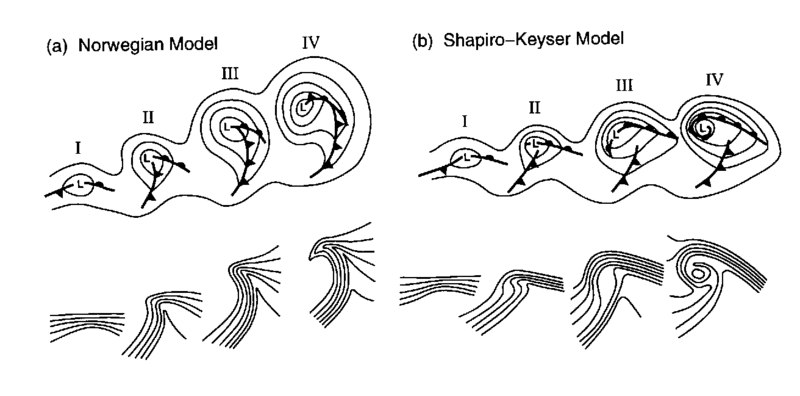Hi folks,
Our final activities for this session are to share resources for teaching with conceptual models and to identify resources that are not currently available or well developed.
For sharing resources we have - what else could it be - a Padlet Wall! Wow, that has turned out to be a really awesome tool for sharing content. I was so impressed with it that I contacted the developers to let them know how this community has been using the tool. One function that I asked about is the ability to comment on a posting. And they agreed that it would be a great addition so they'll be adding it soon. How cool is that? In any case, if you have good examples of conceptual models (websites, diagrams, animations, lesson plans, etc) that you want to share with the group, please post them to our Padlet Wall. And maybe post a note to this forum to let folks know that your resource is on the Wall.
Do you have an idea for a conceptual model diagram that would enhance a training objective? Lets generate a list of high priority diagrams, animations, or 3-D models that are not readily available. Here at COMET, we're always looking for good ideas to incorporate into our lessons and we'll look for opportunities to develop them as part of a funded project.
Cheers and have a great week!
Bruce and Marianne

